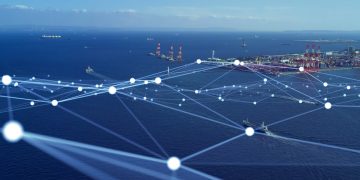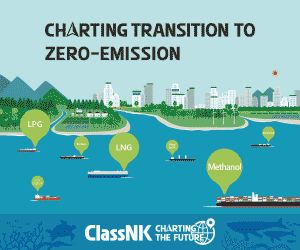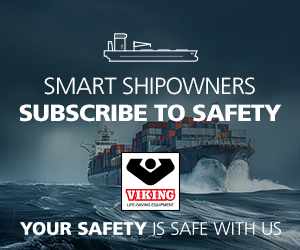Aiming to reduce greenhouse gas emissions from shipping by 40% in 2030 compared to 1990, the Norwegian government has implemented several measures and funding programs.
The Norwegian local maritime industry currently contributes 9% of the country’s total emissions.
Norway has recently requested all local public ferries and speedboats to utilize low or zero emission technology and the government granted NOK 65 million for construction of green vessels in September 2016.
Namely, Pilot-E program, funded by Research Council of Norway, Innovation Norway and Enova, promotes eco design by funding zero emission vessels through a fast-track process from idea to market.
In addition, the Maritime CleanTech cluster in Western Norway supported the development of the world’s first fully electric car and passenger ferry ‘Ampere’, which started operations last year. However, the world’s first LNG-fueled ferry ‘Glutra’ started operating in Møre, Norway, as early as in 2001, according to Jon Rysst, senior vice president and head of DNV GL Maritime North Europe.
“Last year, the world’s first electric-powered ferry Ampere started regular operations across Sognefjorden. We need to continue to create similar examples, both from what we today see as possibilities and also new alternatives that we can create in the coming decades,” he noted.
What is more, Norway’s Green Coastal Shipping Program plans to create a future Norwegian fleet that features environmentally-friendly technologies, such as batteries, and eco fuels, such as LNG. The program was established by DNV GL in partnership with Norway, in January 2015.
Five measures have been announced as part of the program’s roadmap, including increased industrial cooperation across the value chain, creating a market for green technology, increasing shipowners’ financial capacity, creating a CO2 fund for the transport sector, and establishing sufficient fuel infrastructure for production, distributing and storage.


































































